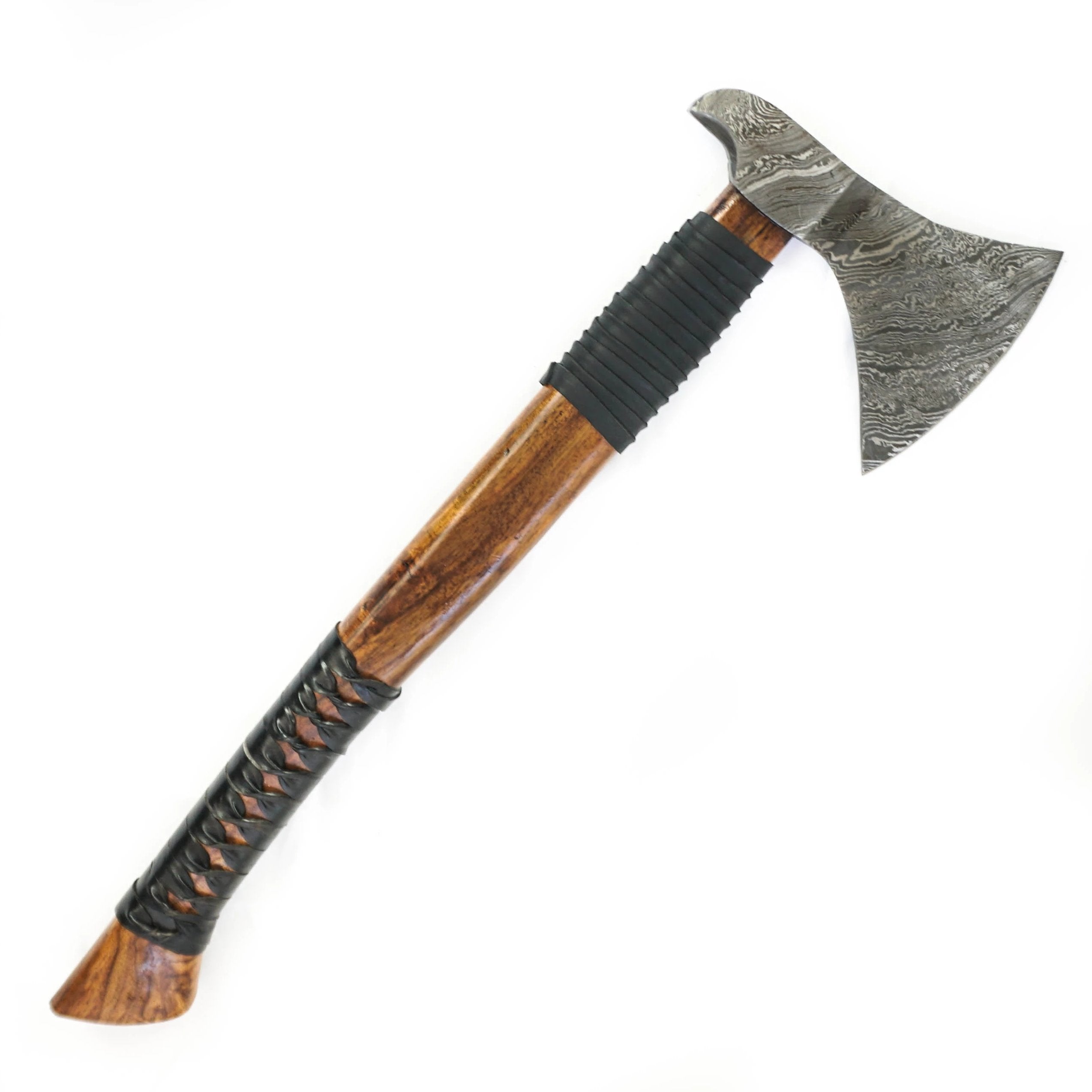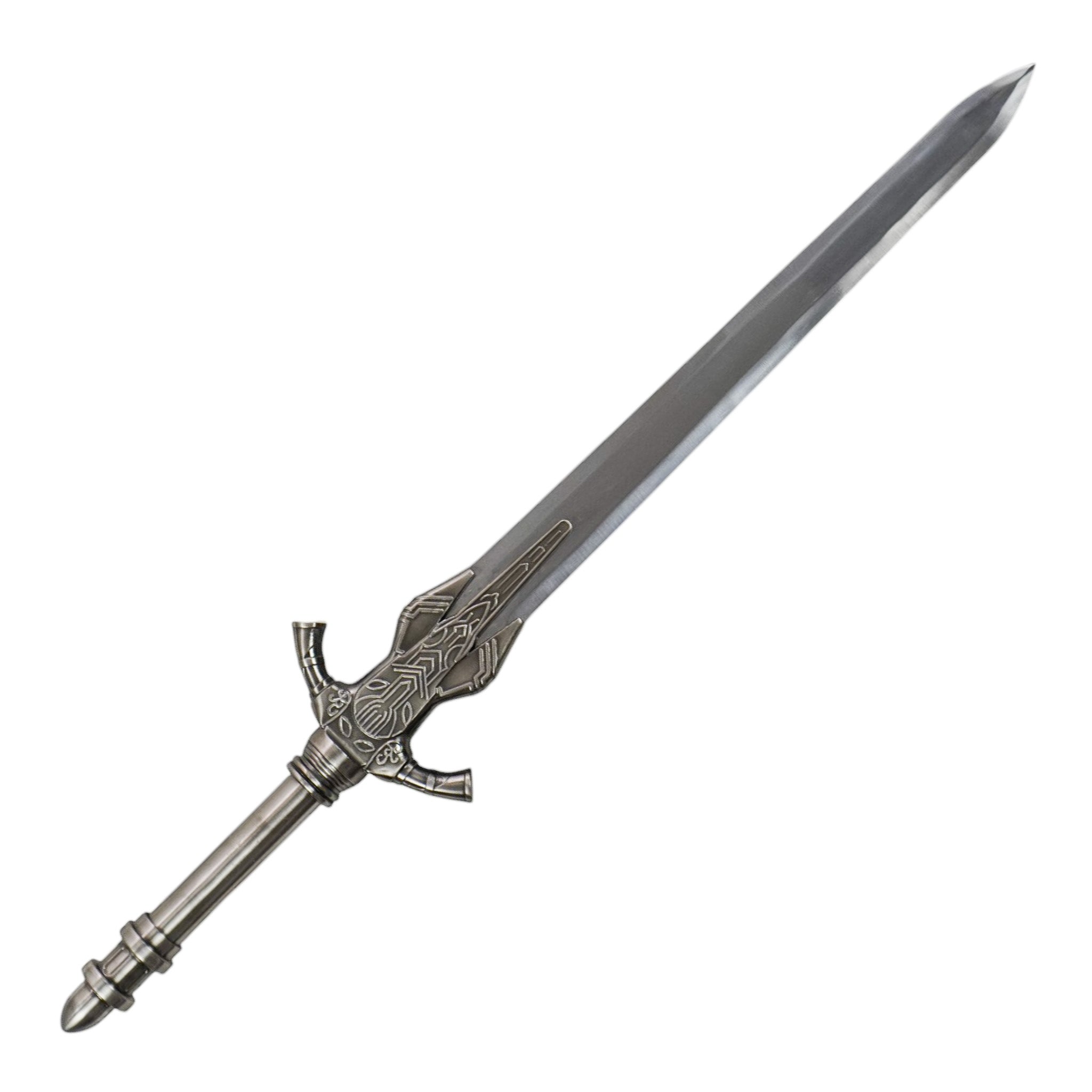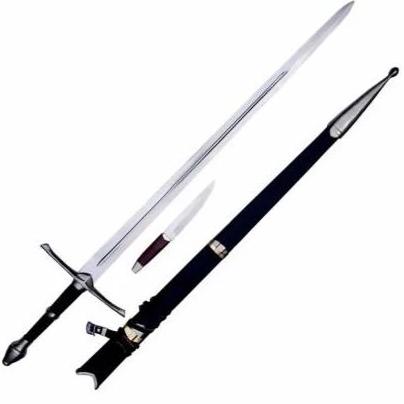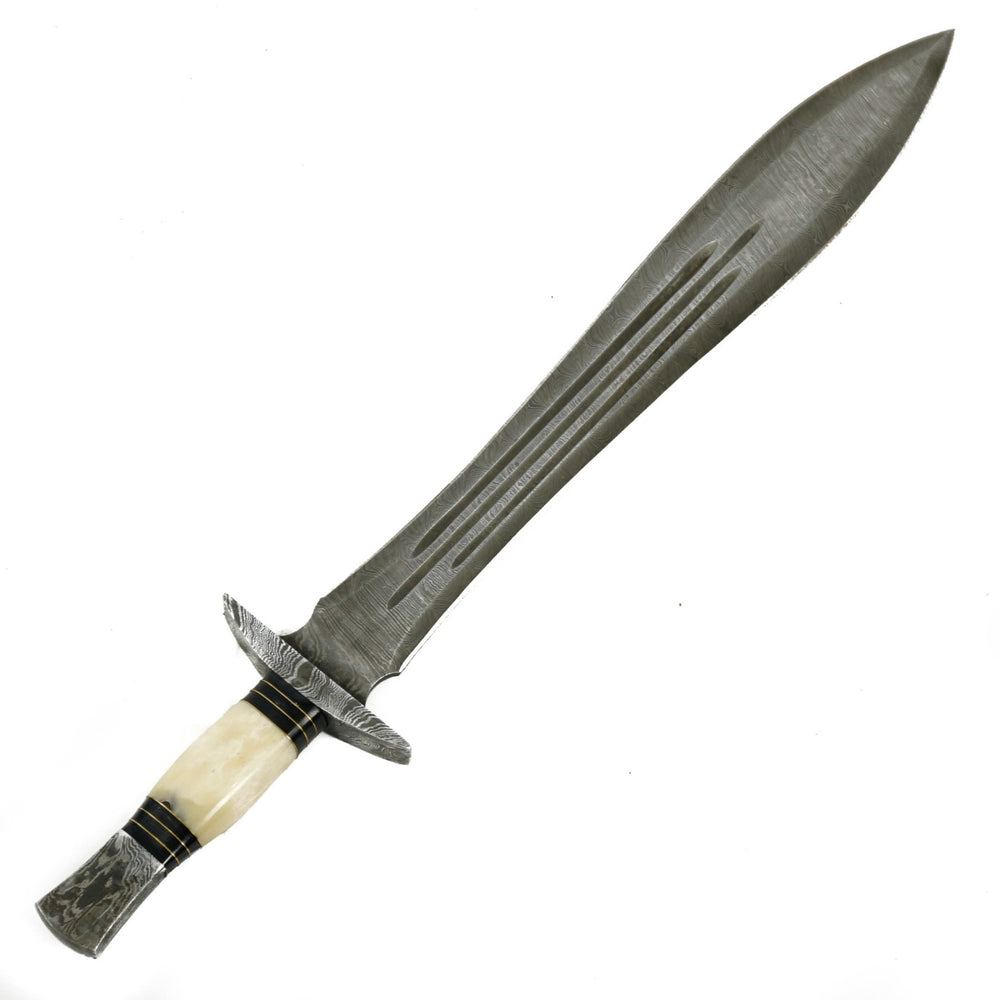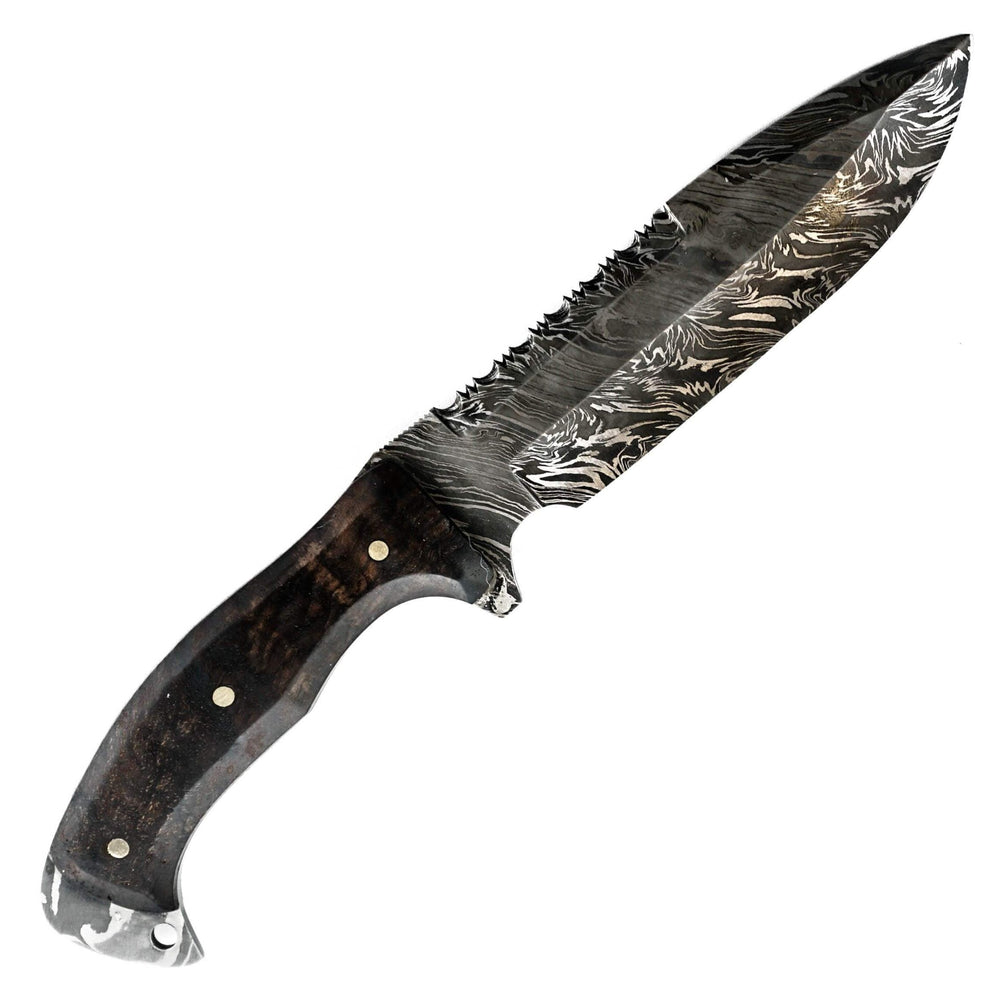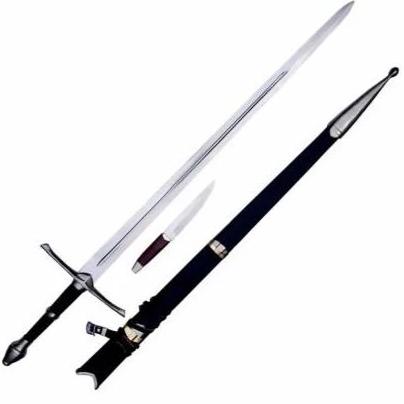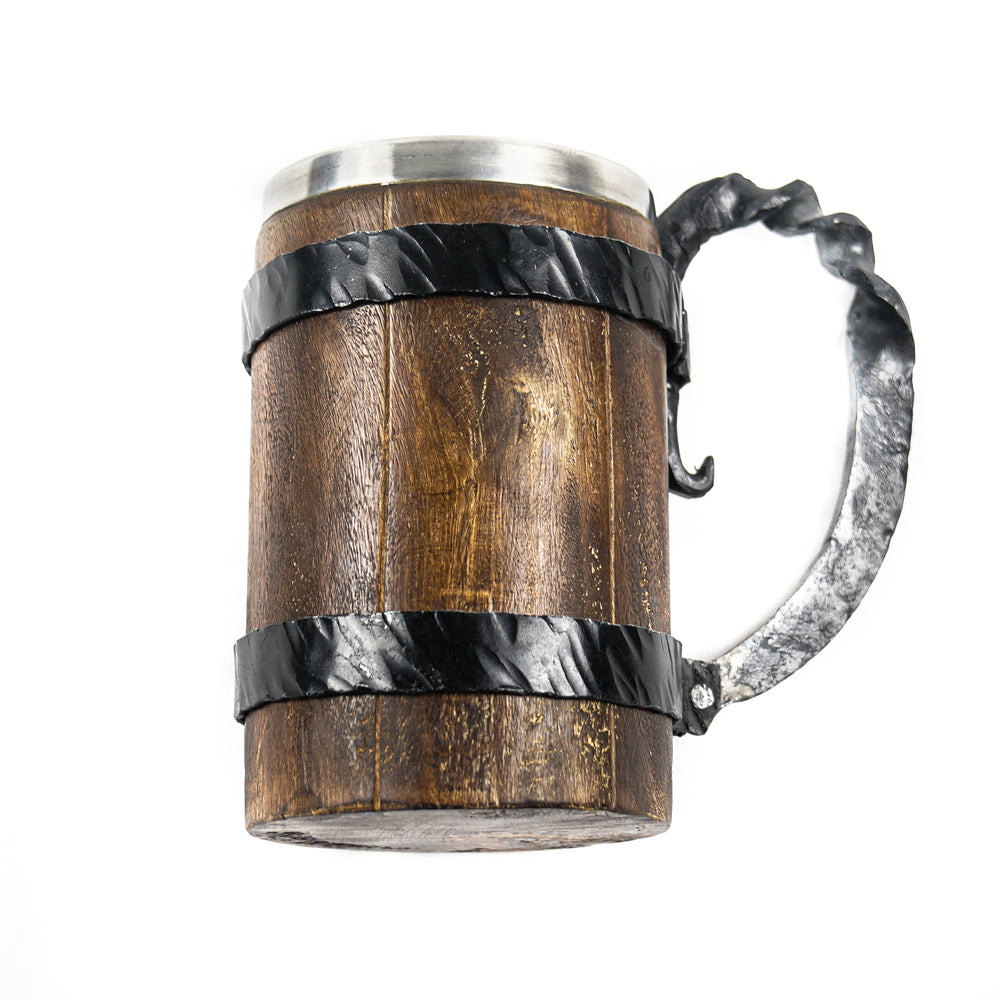The Gladius: An In-Depth Look at the Roman Short Sword
Renowned as the emblematic weapon of the Roman legionary, the gladius, a compact Roman sword, typically measuring around 18 inches in length and 2 inches in width, was a formidable instrument for both cutting and thrusting. The gladius played a pivotal role in the expansion and dominion of the formidable Roman empire, often outperforming the armaments of the adversaries.
Origins and Etymology of the Gladius:
The gladius owes its name to the Celtiberians, a Celtic-speaking populace in Hispania (the Iberian Peninsula), whose sword bore a strong resemblance to the Gladius Hispaniensis. Around two centuries BCE, Roman legions adopted this type of sword, which eventually morphed into the gladiator sword. Intriguingly, the Gladiolus plant, also known as the "little sword," derives its name from the gladius, attributable to its sword-like leaves.
Utilization of the Gladius:
The gladius was most effective when used in formation, shielded by a defensive wall. The Roman soldiers, by interlocking their shields (scutum), minimized exposure to enemy attacks. The soldiers advanced as a group, striking the adversaries by thrusting alongside or over the shields. Though primarily a thrusting weapon, the gladius's sharp edge also proved effective for slashing and cutting.
Fascinating Gladius Facts:
- Known as gladius (singular) or gladii (plural) in Latin, here are some illuminating details about the Roman short sword:
- The gladius, functioning as both a dagger and a sword, was primarily a stabbing weapon, but the Romans likely used it for forceful slashes and thrusts as well.
- Contrary to the norm, Roman soldiers carried the gladius on the right hip to protect the left flank.
- In contrast, a Roman centurion, a commander of a centuria, wore his gladius on his left side.
- The Roman legions had a strategic attacking formation, with the gladius-wielding legionaries taking the front line.
- The Roman army didn't issue gladius swords; soldiers likely purchased their swords and customized them with engravings.
- In addition to the short sword, Roman legionaries were equipped with the pilum javelin, the scutum shield, and a secondary weapon, the pugio dagger.
- The shield was a crucial accessory to the sword; due to the gladius's fragility, soldiers avoided using it to parry.
- During training, Roman soldiers used double-weight wooden staves to emulate the weight of their actual swords.
- The shorter gladius was eventually replaced by the longer spatha, which was initially a cavalry weapon.
Conclusion:
From the tumultuous battlefields to the gladiatorial arenas of Rome, the gladius sword etched its name as the most lethal weapon of its time, enabling the Roman army to rise as one of the most potent forces in history. Unquestionably, no other blade has left as indelible a mark on Western warfare as the gladius, often regarded by historians as the deadliest weapon before the advent of firearms.

